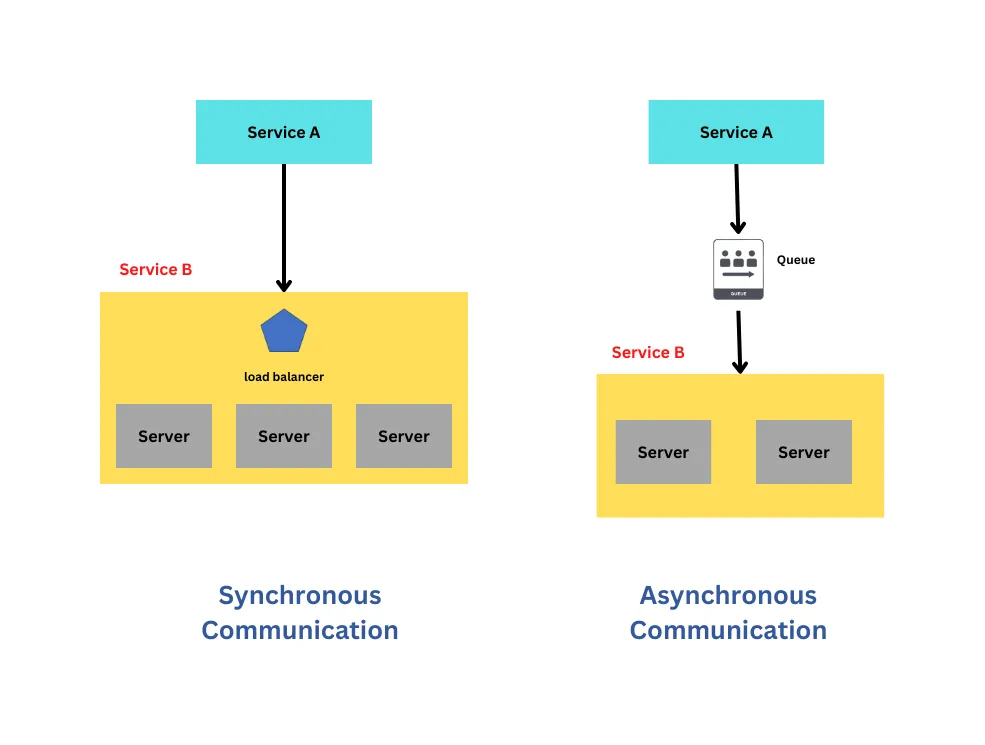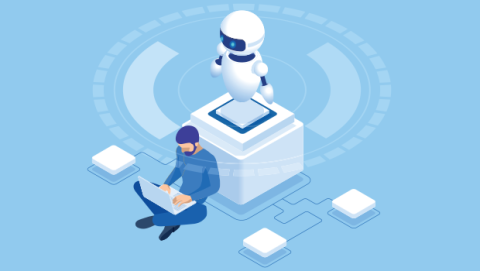Why leadership training fails — and how to fix it

It could be attributed to the existing culture of the leadership team. Do the
organization’s leaders possess a growth mindset, or is intellectual humility
lacking? Unless a leader wants to improve, it’s unlikely that they will. Leaders
must be motivated to make the time and have the patience for the kind of
reflective practice that makes learning stick. What about the group of
high-potential employees, who have every intention of applying what they learn,
but then struggle to translate the skills and knowledge into practice? It’s
possible that the way the program is designed could be hindering successful
learning transfer. One size leadership training does not fit all. To be
effective, it must be designed with the learners’ needs in mind, whether they’re
high-performing individual contributors without supervisory experience, or
C-suite executives. If participants don’t find the content relevant to their
role and objectives, learner engagement will suffer. Lastly, “leadership
training” cannot be presented as a one-off event at the organization but rather,
an ongoing process. Formal training is only one aspect of learning.
Delivery Leadership is both an Art and a Science
In the present time, with businesses becoming increasingly interconnected and
globalized, enterprises worldwide seek modern technology products that are
straightforward yet impactful in enhancing their operational efficiency,
productivity, market penetration, and reducing operational expenses. These
business requirements prompt organizations to explore technologies such as Cloud
computing, ERP, AI, Data Analytics, Automation, and Business Intelligence. The
provision of intricate IT Solutions and Services demands expertise and
attributes from both the Art and Science aspects of the field. ... Delivery
Leaders must have exposure to Industry, domain, and business knowledge to be
successful in their role. They must place themselves in the shoes of customers
and think about what value-add services their customers perceive to be important
for their businesses. Proactive approach and futuristic thinking are the two
most important skills a delivery leader must possess. They must also encourage a
culture in which sharing prescriptive approaches and making business
recommendations become the new norm.
Asynchronous Patterns for Microservice Communication

Since Microservices communicate using Asynchronous methods, keeping their
patterns fast and responsive is essential. Fortunately, there are several quick
ways to do this. For example, having your services communicate asynchronously
with RabbitMQ or Kestrel is a good idea before Synchronous methods. This way,
you can maximize network efficiency while minimizing response delays. You can
also use Kestrel’s retries for excellent reliability and scalability when
communicating between machines. In addition, it’s a good idea to use
event-driven communication for better responsiveness between your components and
clients. If you want to connect with multiple microservices without creating
dependencies or tightly coupling them, consider using asynchronous message-based
communication in your microservices architecture. This approach leverages events
to facilitate communication between microservices, which is commonly referred to
as event-driven communication.
GPT and the Future of High-Performance Computing and Big Data Analytics

The emergence of Generative Pre-trained Transformer (GPT) models has
revolutionized the field of high-performance computing and big data analytics.
GPT models are capable of learning from large datasets and producing highly
accurate results with minimal effort. This has enabled organizations to quickly
analyze large datasets and extract meaningful insights. GPT models have been
successfully used in a variety of applications, such as natural language
processing, image recognition, and machine translation. With the increasing
availability of large datasets, GPT models are expected to become even more
powerful and efficient. This will enable organizations to gain deeper insights
into their data and make better decisions. In addition, GPT models can be used
to speed up the development of high-performance computing systems. GPT models
can be used to optimize the hardware and software components of these systems,
allowing them to run faster and more efficiently.
Essential Soft Skills for Testers: Unlocking Success in Your Testing Career

Collaboration skills are essential for testers, as they often work closely with
various team members, including developers, product managers, and other
stakeholders, to ensure the delivery of high-quality products. In this section,
we will explore three crucial collaboration skills that enable testers to be
effective team players: active participation, cross-functional cooperation, and
providing and receiving constructive feedback. Active participation refers to
engaging fully in team activities, sharing ideas, and contributing meaningfully
to discussions and decisions. ,,. Cross-functional cooperation is the ability to
work effectively with team members from different departments or areas of
expertise. Testers who excel in cross-functional cooperation can effectively
communicate with developers, designers, product managers, and others to identify
and resolve issues, share knowledge, and promote a shared understanding of
project goals. This skill is particularly important for testers in agile
environments, where cross-functional teams are the norm and effective
cooperation is critical for delivering high-quality products on time.
What Engineers Need to Know About Using Agile for Digital Transformation
As Agile software development techniques became more widely applied, so the pace
of technological change continued to quicken. From the emergence of the cloud to
the increase in mobility, and onto the rise of data analytics and artificial
intelligence, businesses in every sector began using IT systems to power
internal processes and external services. Digital transformation has emerged as
shorthand for businesses seeking to reinvent themselves on a foundation of
digital data and technology. Whether it’s digitizing paper records, creating new
electronic channels to market or analyzing data to produce new insights,
companies can use technology to improve an existing business process. Agile
development has played a crucial role in many of these digitalization programs,
especially the creation of IT applications. The successful rollout of these
software-focused projects has encouraged engineers to start thinking about how
Agile techniques can be used in other areas of IT, including digital
transformation initiatives.
How generative AI can hurt cloud operations

Generative AI algorithms can be incompatible with existing cloud computing
systems, leading to integration issues. This can delay the deployment of
generative AI algorithms and cause problems with system performance or
efficiency. ... Generative AI algorithms can exhibit unpredictable behavior,
which leads to unexpected outcomes. This can result in system errors, degraded
system performance, and other issues that are impossible to predict. I suspect
we’ll get better at predicting behavior as we learn more about generative AI
system operations, but the learning curve will be painful. I’ve already had some
generative AI systems pulled off cloud systems due to unpredictable behavior
and, what’s worse, unpredictable cloud computing bills. Generative AI is an
unstoppable force in the enterprise technology space. It’s yet another
technology made more accessible and affordable by cloud computing, and the easy
availability of this technology will reverberate through the marketplace.
Generative AI will become a technology that allows businesses to succeed by
out-innovating their competition.
Data, AI and automation will never replace humans. Fact
While these technologies are nothing new, they do continue to advance at pace.
This presents the opportunity to leverage them to help solve some of the biggest
challenges we face in society as well as in business. But, we will only succeed
when we remain as the masters of the technology, not the servants. Using AI and
automation to empower people, not replace them, allows organisations to be
data-driven yet technology-enabled and people-centric. Where these pieces of
software are used as tools to help humans do their best work and remove the
drudgery of manual tasks. And it makes complete sense. Because there will always
be a moment of truth when a human must be involved at a crucial point. An
automated process might take someone 75 per cent of the way, but a person needs
to complete the rest. And if they can put all their effort into that 25 per
cent, the result will be a better outcome for the employee, the customer and the
organisation that brings them together. Ultimately, those who try to remove
people from the equation are destined to fail.
How artificial intelligence can inform decision-making

To implement AI for decision-making, organizations need a modern data
infrastructure to support new data types and often massive amounts of data. Many
organizations are moving to the cloud for data management and making use of data
engineers and newer pipeline tools to help integrate data and make sure it is
trustworthy. They are also hiring DevOps teams to deploy models and monitor them
in production. According to a TDWI Best Practices Report, 67 percent of
organizations deploying AI technologies today state that AI projects are built
by data scientists and are deployed into production by DevOps teams. Some
organizations are also using augmented intelligence applications, where AI is
infused into the software to automate functionality, such as data cleansing,
deriving insights, or building predictive models. In addition to hiring
specialists, organizations must also encourage all employees to build excitement
and trust. It is essential to involve stakeholders in the design and
implementation of AI systems to ensure that they understand how the systems work
and are comfortable using them.
CDOs Want Increased Investments in Data Management, Cloud
“The challenge comes from managing the increased volume and variety of data,
the need to integrate it into business intelligence, and most notably, the
need to keep data infrastructure updated to ensure various data types are
supported and organizations are following data compliance considerations,” he
says. He explains CDOs are seeking greater investments in data management
because they need to identify how they can create a measurable impact for the
customer experience. “This can only be done by collecting and analyzing data,
which can often be tedious and require large sums of time and resources,” Adya
says. “Hence, many are doubling down on data management resources to get the
job done quicker and easier.” As the digital ecosystem evolves, enterprises
are being forced to innovate and rely on cloud to accelerate digital
transformation. “Effectively leveraging data through the cloud gives
organizations a competitive edge and increases resiliency by being able to
respond to disruptions and spot new market opportunities through intelligent
data,” he explains.
Quote for the day:
"To have long term success as a coach
or in any position of leadership, you have to be obsessed in some way." --
Pat Riley
No comments:
Post a Comment